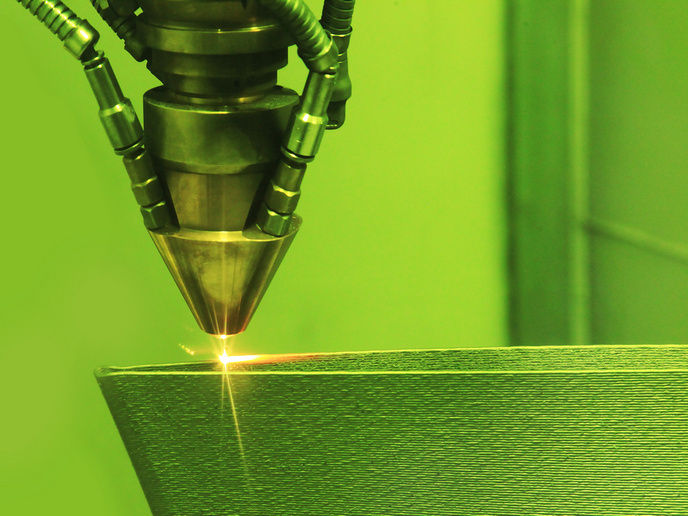Keeping up with ultrafast subatomic interactions
Recent advances in laser science have enabled the production of ultrafast X-ray light pulses, opening the door to studies of ultrafast atomic and even subatomic interactions. However, such studies require expertise in both X-ray technology as well as the sciences to which it is applicable. The ‘X-ray pump-probe spectroscopies - new tools to study ultrafast surface dynamics’ (X-RAY PUMP-PROBE) project was designed to form a collaboration addressing three areas of ultrafast surface science (surface magnetism, chemical reactions and phase transitions) to gain insight into fsec quasi-particle interactions. To date, the researchers have developed a setup capable of ultra-high time-resolution and element specificity, where element refers to the elements of which the universe is composed and known to most of us through basic chemistry and the Periodic Table. They used the setup as an element-specific probe of ultrafast demagnetisation in a metal alloy of iron (Fe) and nickel (Ni), enabling them to determine that demagnetisation of Ni is delayed by about 18 fsec with respect to Fe. Project members then investigated photo-induced phase transition in another metallic compound, TiSe2, previously shown to undergo phase transition at around 200 degrees Kelvin. Using a combination of time- and angle-resolved photoemission spectroscopy with X-ray pump-probe spectroscopy, the researchers demonstrated the fundamental quasi-particle dynamics of the system on the order of 20 fsec, work that has been published in the esteemed scientific journal Nature. The results to date are quite relevant to superconductivity and the next generation of data storage devices, as well as opening up the possibility to study numerous ultrafast surface dynamics important in biology, chemistry and physics. Completion of the project will focus on application of the new technologies to the field of femtochemistry.







